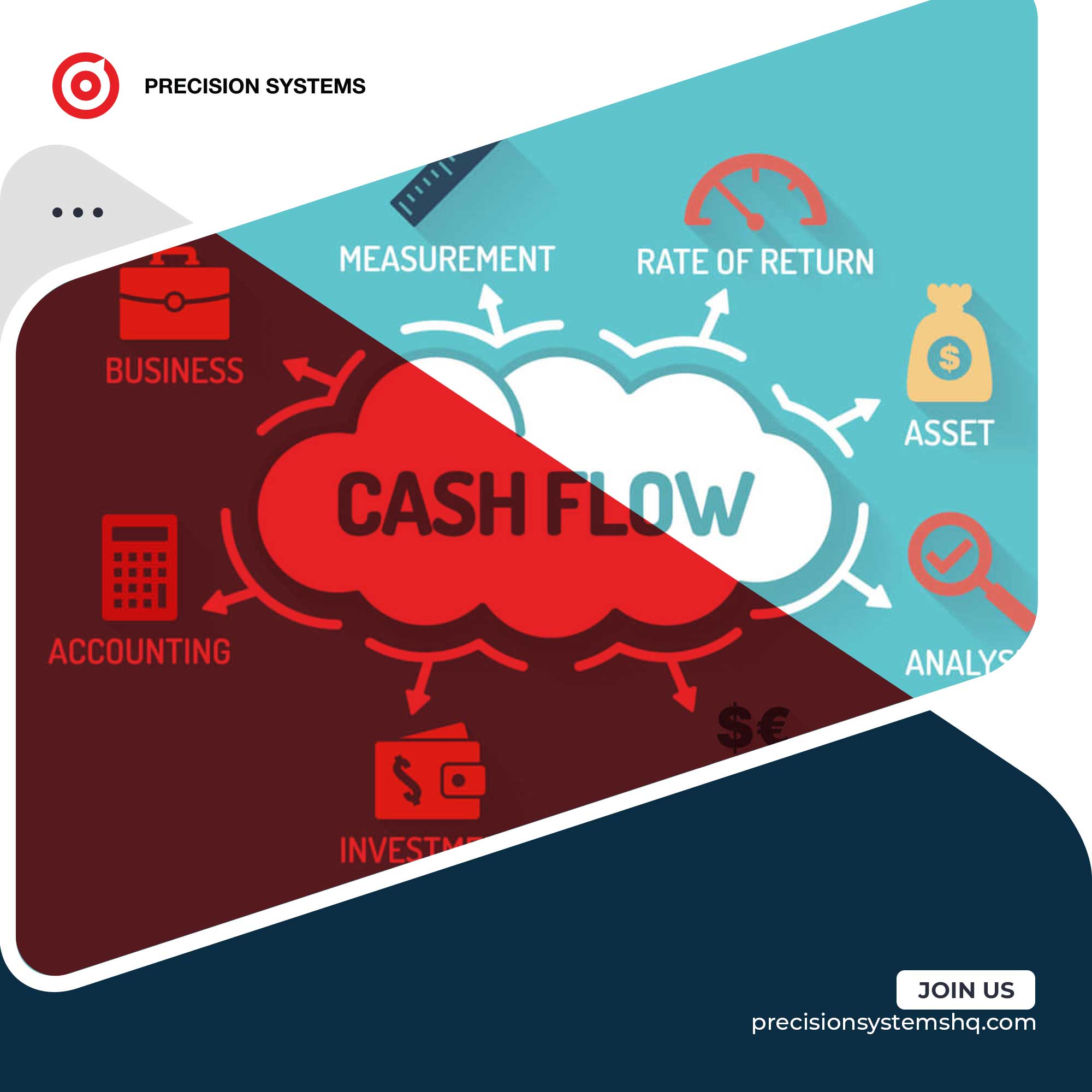Cash Flow Management In Your Retail Business :

What does "Cash Flow" means?
This is the treasury flow available in the company.
It is very simple to calculate.
Cash flow is the difference between the “money in” and “money out”.
The Cash in is the income from the company's commercial activity.
The money that comes out "Cash Out" is all the costs and expenses of the company. (staff costs, premises, equipment, all purchases, and expenses...).
The sum of the "cash in" minus the sum of the "cash out" gives the cash flow.
Cash flow is a real transfer of money and does not take into account purely accounting elements such as depreciation.
What is the purpose of cash flow?
It is a financial indicator that makes it possible to evaluate the solvency of the company and its capacity to self-finance new investments.
The cash flow evaluates the robustness of the business, it can be positive or negative.
Negative cash flow means that more money is going out of the business than is coming in, which is very consequential to the business, so borrowing is required to meet the financial obligations of the business.
A positive cash flow means that the company has liquidity and can consider new investments.
Here are some tips to face your challenges and positively develop your cash flow:
-
Implement a more intelligent approach to manage your stock.
Good inventory management is considered as a key element of cash flow management.
-
Reduce the company's fixed and variable expenses and get rid of non-essential expenses for good.
-
Continuous review of insurance policies, to reduce your costs by finding better offers, or even offers with the same level of cover as you currently have, but at a reduced price.
-
Be proactive about payments and make sure you get paid as soon as possible.
-
Offer different payment methods for your customers (credit card, debit card, bank transfer or cash).
-
Leave some of the cash as reserves to deal with emergencies, unforeseen costs, but also for last minute trend purchases.